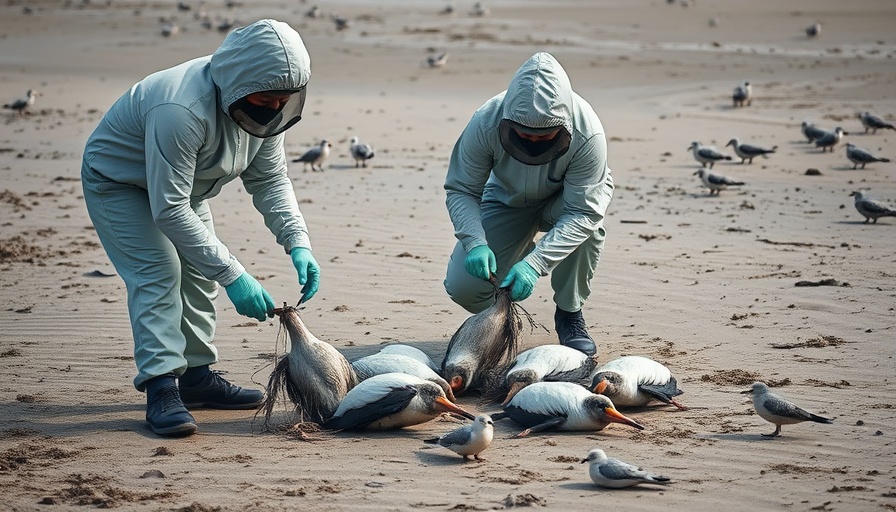
The Threat of Avian Influenza: An Overview
Bird flu, also known as avian influenza, has long been a concern for poultry populations and has caused sporadic outbreaks in humans. As the virus evolves and spreads, worrying mutations hint at an increasing likelihood of human transmission.
Understanding Bird Flu's Path to Humans
Researchers are particularly alarmed by certain strains of avian influenza, like H5N1 which have demonstrated the ability to infect humans. These strains can be deadly, emphasizing the need for surveillance and study of its potential for mutation.
Current Measures to Prevent Transmission
Preventive measures currently in place include monitoring bird populations, quick culling of affected flocks, and vaccination of poultry. Public health policies aim to educate communities about avoiding contact with infected birds and practicing good hygiene to minimize risks.
Future Strategies for Combatting Avian Influenza
As we look to the future, integrated national and international strategies will be crucial. This includes enhancing biosecurity protocols, supporting research into vaccines that could prevent human cases, and increasing public awareness to promote rapid reporting of any suspicious disease in birds.
Stay Informed and Prepared
The potential for avian influenza to jump to humans is a significant public health concern. Engaging in community awareness programs and staying informed about outbreaks can contribute to better preparedness and response efforts.
Conclusion: The Importance of Vigilance
As the threat of bird flu evolves, so must our strategies for prevention. By understanding the risks and staying vigilant, we can better safeguard public health. It's crucial to remain informed and proactive in our response to avian influenza.
 Add Row
Add Row  Add
Add 




 Add Row
Add Row  Add
Add 

Write A Comment